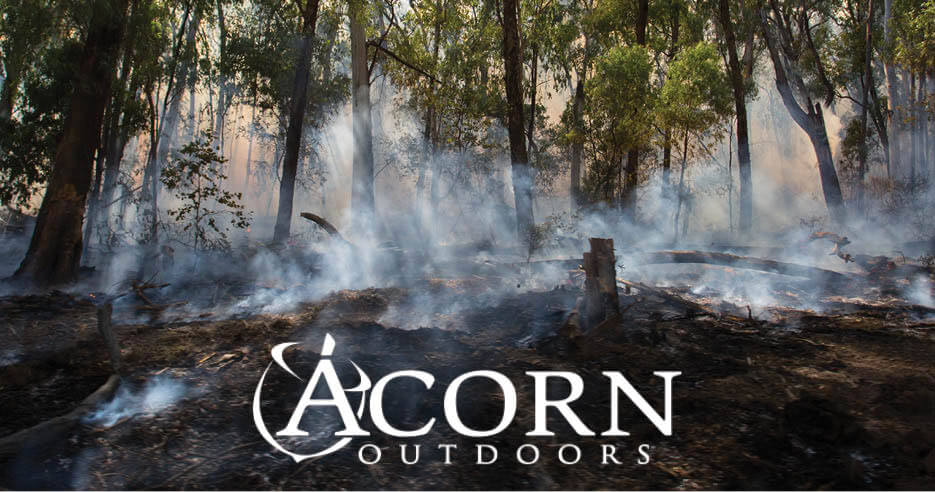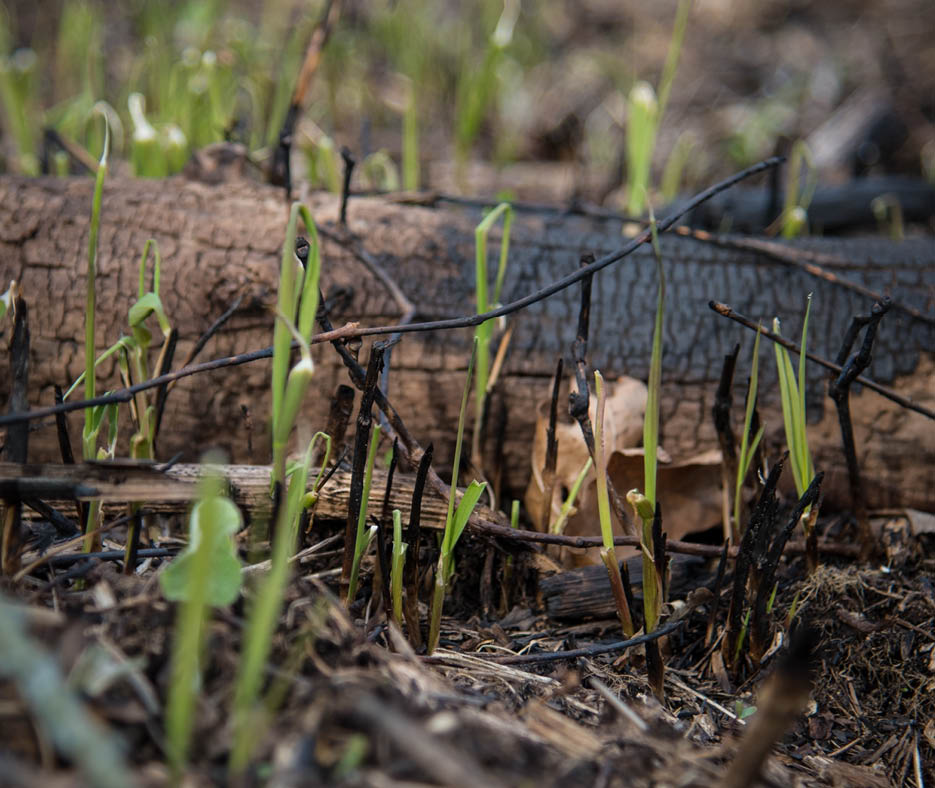
Benefits of Prescribed Burning
Humans have always had a complicated relationship with fire. It’s necessary for so much of our lives: from heating our homes to cooking to relaxing around a campfire on vacation. However, recent media coverage of severely destructive forest fires across the nation every year has given the idea of a “forest fire” a bad reputation.
Fires have been a necessary element in nature’s cycle for longer than recorded history. They benefit all aspects of the land: the land itself, wildlife, plants, flowers, trees, and even the water. Without fire, much of the natural world as we know it wouldn’t exist.
Today, forestry companies, as well as natural resources departments, use prescribed burns as a means of land management.
The definition of a prescribed fire is a planned fire used to meet management objectives.
Acorn Outdoors, a trusted leader in forestry services across the Southeast, knows the importance of prescribed burning when it comes to forest management.
Prescribed burning is an integral part of many forestry management functions, from wetland and mitigation services to range management and restoration, to general woodlands management. In addition, these burns are performed by experienced, insured, and certified burners.
It’s understandable that the idea of purposefully lighting your property on fire could make you a bit hesitant. However, there is a multitude of good reasons to do so.
Here’s a list of the benefits of prescribed burning, and then we’ll look at a few examples of types of prescribed burns used by experienced and licensed forestry management companies like Acorn Outdoors.
Starting Fires to Prevent Fires
While it might seem counterintuitive to start a fire in order to prevent fires, that’s exactly what prescribed burnings do. One of the major benefits of a prescribed burn is that setting a controlled fire and burning off all the excess forest debris, such as dead limbs, downed trees, and thick underbrush, means there’s much less chance of a wildfire starting and not only burning the trees and your land, but also potentially threatening or destroying your home, and the homes of others.
Fire for Water
You wouldn’t think it, but a controlled burn can actually increase the amount of water on your property, which is beneficial for numerous reasons, especially during dry times of the season. Dense overgrowth, when allowed to grow unchecked, absorbs a lot of water. By reducing the number of bushes and shrubbery that are depleting the water, you increase the amount of water in small streams, etc., which benefits both the trees and animals on the land.
Fire Makes Plants Grow
Many plant species rely on fire to propagate. Fire is necessary for the seeds to germinate. A large portion of these plants and seeds are important foraging materials for local wildlife, especially birds.
If you’re planning on maintaining your land for the purposes of hunting—particularly game birds—initiating a prescribed burn can make all the difference in population, forage, and species diversity.
In addition, prescribed burning can benefit plants by being a useful tool in controlling invasive species, diseases, and other pests.
Planting Preparation
A prescribed burn can be an important tool when it comes to preparing a site for tree planting. The fire will alleviate undergrowth and other impediments to planting tree seedlings.
In addition, fire returns important nutrients to the soil—nutrients that will benefit growing trees.
Now that you have an idea of how prescribed burning can be a benefit in your wetlands management plan, timber management plan, or wildlife management plan, here’s a breakdown of how a few prescribed burns happen:
Site Preparation:
The purpose of this type of controlled burn is to alleviate downed forest debris, such as dead leaves, branches, and trees, to make space for planting crews to gain access to the soil for planting.
This type of burn is typically performed between May and November.
Understory Burn:
The objective behind this type of burn is to emulate natural and necessary processes which won’t negatively impact the overstory of trees.
Performing an understory burn serves multiple purposes: it burns out potential fuel for destructive wildfires; helps control pests and diseases; burns away plants competing with the trees for water, sun, and nutrients; and helps establish grasses, which creates and improves habitat for wildlife.
Pile Burn:
This type of burn helps remove piles of debris, taking up space on your land.
How the burn operation is carried out depends on the type, size, amount, and distribution of the piles.
A pile burn opens up space and creates “productive acreage”.
Fire is a necessary part of the cycle for a healthy piece of land. Suppose you’re interested in managing your property for anything from tax purposes to wildlife management to timber harvesting. In that case, prescribed burns are a necessary part.
Contact your local Forestry Management company today and get started on the best management plan for your land.

